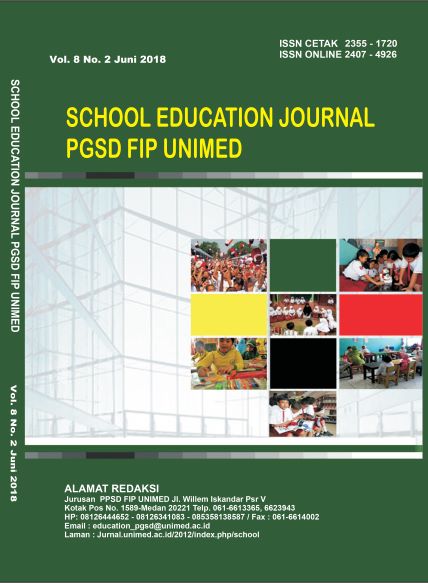KONSTRUKSI KAUSATIF ANALITIK DALAM BAHASA JAWA DAN BAHASA INDONESIA
DOI:
https://doi.org/10.24114/sejpgsd.v8i2.9771Abstract
This study aims to reveal how the Javanese and Indonesia language is formed in the perspective of analytic causative construction. The analytic causative concept refers to the causative concept according to Comrie (1989). This research data is obtained from written sources. The markup method is applied in analyzing research data based on the issues discussed in this article. The results of this study indicate that the analytic causative construction in Javanese can be formed with the verb nggawe (make). Javanese analytic construction has a biclausal structure, as seen from their ability to take polarity and different modalities for verbs. While in causative analytic language can be formed with various verbs such as: make, cause, invite, enjoin, ask and make and have monoklausa structure.Keywords: Analytic causative, Javanese, Indonesian, method of markingDownloads
Published
Issue
Section
License
Authors whose manuscripts are approved are approved as follows:
The publication rights for all journal manuscript materials published/published on the SEJ (School Education Journal) E-Journal site are held by the editorial board with the author's knowledge (moral rights remain with the manuscript authors).
The formal legal requirements for accessing this electronic digital journal article are subject to the terms of the Creative Commons Attribution-ShareAlike (CC BY) license, which means that E-Journal SEJ (School Education Journal) has the right to store, transfer media/format, manage in the form of a database, maintain, and publish articles without asking permission from the author as long as the author's name remains as the copyright owner.
Manuscripts published/published electronically are open access for educational, research, and library purposes.

